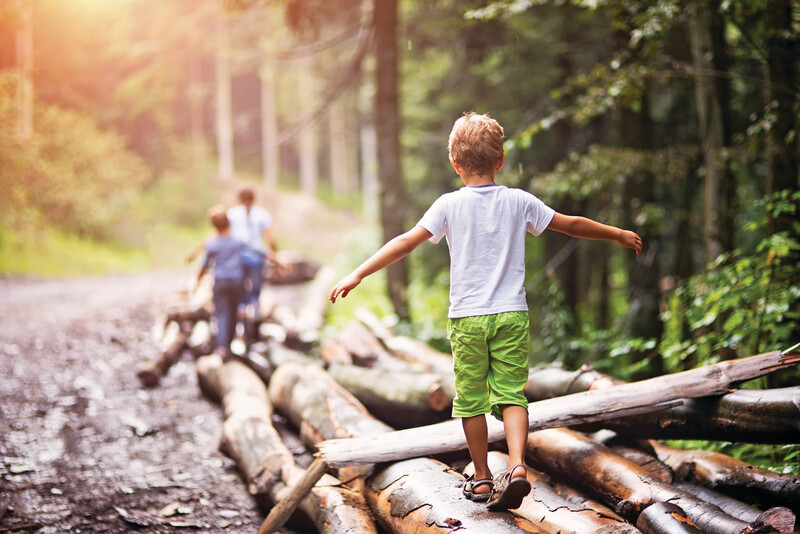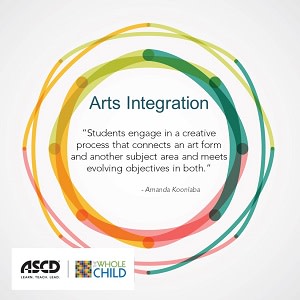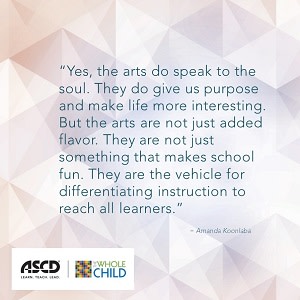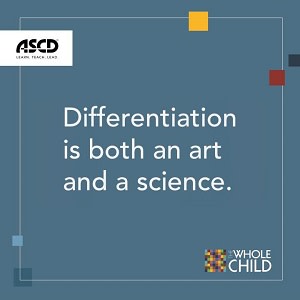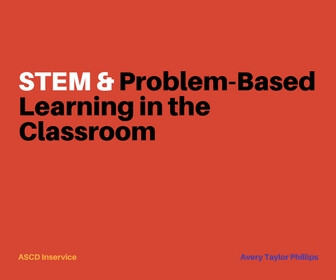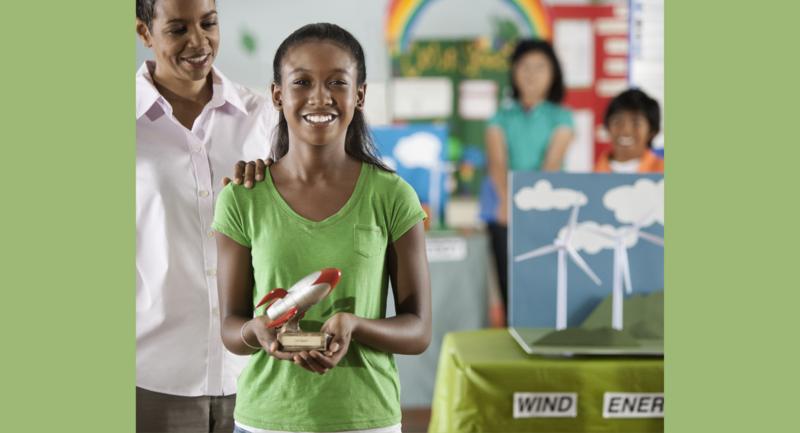By now, many educators are used to discussions of “crises” facing schools, but the climate crisis might not always be the first one on their minds. Even so, climate activists are certainly thinking of them.
Last week marked the end of the 26th United Nations Climate Change Conference, held in Glasgow, Scotland. The annual event seeks to bolster global cooperation in ongoing efforts to mitigate the worst effects of the changing climate—and this year, especially, it highlighted the role of educators in preparing younger generations for a future of climate action.
“To work on climate change is to work on peace, and to work on peace is to work on solidarity. But we have to start from education. We have to start from our teachers,” said Roberto Cingolani, Italy’s Minister of Ecological Transition, at an event on November 6th.
In time for the conference, UNESCO also released a new report indicating that only about half of 100 countries surveyed around the world have national education standards that address climate change (the United States wasn’t included in the study). It also found that while nearly 95 percent of teachers believed that it is important or very important to teach about the severity of climate change and its effects, fewer than 40 percent were confident doing so.
In the United States, the Next Generation Science Standards, adopted by 19 states so far, cover human influences on the climate, but even for teachers in participating states, developing effective and enriching curricula on the subject can be a tall task.
While acknowledging that uncertainty, experts agree that there are some important steps teachers can take to start being more intentional about climate-conscious curricula.
Clarifying Misconceptions Early On
For young learners, teachers shouldn’t try to explain every facet of our climate reality, says Cindy Hoisington, an early childhood science educator at the Education Development Center. Instead, they should seek to lay the groundwork by getting students to think critically about their environments and engage with the scientific process firsthand.
One key component in that process is evidence-based learning, the ability for students to observe their environments and use reasoning skills to draw conclusions. As Hoisington has written in the past, evidence-based learning is foundational for all science education, climate change included.
“We could look at images of different things like rocks and seeds and trees and a dog and have discussions about which ones are living and which ones are not,” she says. Then, ask questions like, “Why do you think so? What makes a dog a living thing versus a toy? What differences can you observe in those two things?”
These lessons can sound simple, but helping young students confront questions about their surroundings and draw upon the knowledge they already have is a key skill for eventually developing an understanding of climate change. Teachers should also help students develop “cognitive flexibility,” or the ability to change your mind based on new evidence or reflection.
As an example of fostering that cognitive flexibility, Hoisington says, a teacher could return to the discussion with students about living things, and ask, “Okay, so last time. . . people didn't think the tree was living. Has anyone changed their idea based on the trees we've been studying outside? Is anyone looking at this in a different way?” she says.
Part of this process requires acknowledging students’ misconceptions. Simply being told that an idea is wrong is not an effective way of getting students to engage with scientific discovery.
“If kids think trees are not living, that misconception is going to persist,” Hoisington says.
And misconceptions aren’t limited just to kids. Misunderstandings in science, or any topic, can persist all the way to adulthood, Hoisington notes. Building science literacy through investigation can be an important antidote.
Engaging Students Directly in Climate Science
Older students, on the other hand, are better equipped to more directly tackle issues of pollution, carbon emissions, and climate change, and there are many ways to weave those themes into inquiry-based learning opportunities, says Elizabeth Lewis, professor of education at the University of Nebraska-Lincoln.
“[Students] can do a home energy audit and collect their own data and then bring that to school and pool that with other kids. There are also lots of carbon footprint calculators that kids can use,” she says. “These are the sort of habits of mind that we want to build.”
Being able to actively participate in learning about climate change is critical, she notes, because in many cases, students are already aware of its effects and concerned about how it will continue to impact their communities.
“There's just huge anxiety right now, among young people. And understandably, this is their world, it's going to be their future . . . if you understand how the earth functions, then you have a better sense for what you could do to try to make things better,” she says.
Outdoor learning, which can benefit any age group, is another way for kids to get constant and direct exposure to both the scientific process and their own communities, Hoisington points out. In part due to COVID-19, many districts are now seeing increasing interest in teaching and learning outside.
Combatting Systemic Barriers
There are some challenges to rigorous climate education, however, that cannot be resolved by teachers alone. The biggest example is time. A report from 2016 found that teachers only spend an average of one to two hours per year teaching students about climate change. Not all states have made earth science a priority, and in some cases, teachers are tasked with covering it alongside life science—two connected, but very different, fields of study, says Lewis.
But, Lewis points out, there are some promising exceptions. New York, for example, has included earth and space science in their state curriculum standards and made it a requirement for graduation. With similar policies in more states, the discrepancies in opportunities to learn about climate change could decrease, she says.
Teachers’ own understanding of the issue presents another challenge. Those who don’t feel comfortable or confident explaining the complexities of climate may not be eager to incorporate the topic into their own lesson planning. To help mitigate that, teachers should engage with professional learning opportunities, either through taking earth science courses, or accessing resources from organizations like the National Science Teaching Association, Lewis says. Teacher preparation programs could also do more to help prospective earth science teachers solidify their content knowledge.
“We're asking [teachers] to do something that we didn't prepare them to do properly,” Lewis says. “It takes time and a careful building of understanding of the components of earth and space science and earth systems to be able to teach climate change.”
Overcoming these challenges will require state- and district-level changes that may not happen immediately. But the momentum behind climate-conscious education seems to be building. In a new video from several organizations hosting the UN conference, leaders from countries around the world commit to more responsive policies, ensuring climate change will have a place in their education standards going forward.
To borrow from Minister Cingolani in Glasgow, “starting from our teachers,” has clearly already begun.



